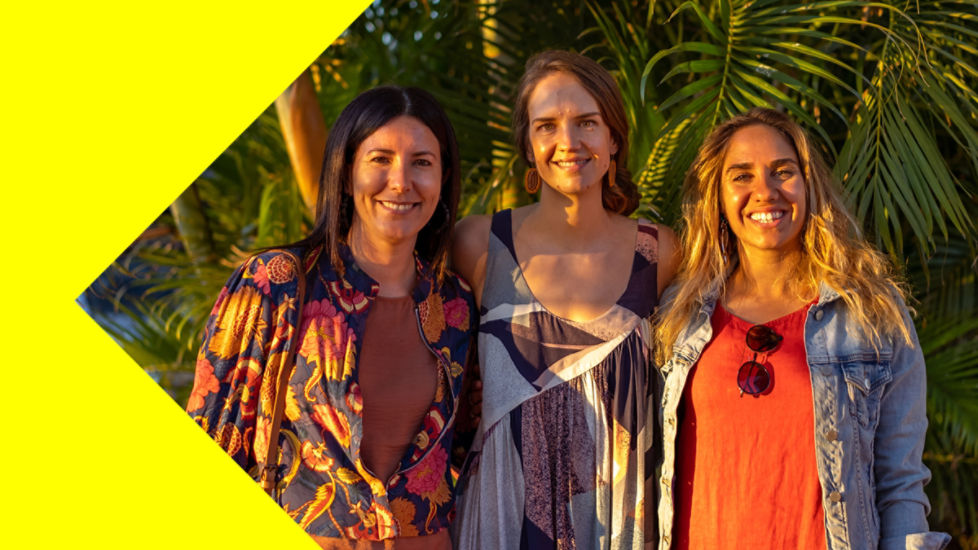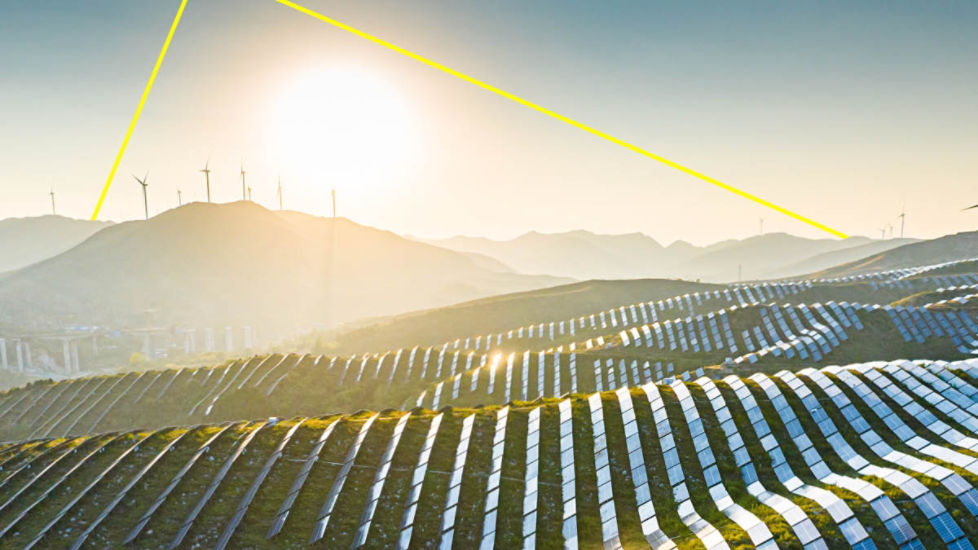Key points
- Chadden Hunter says storytellers have a responsibility to educate their audiences.
- The public’s attitudes towards nature and conservation have changed drastically across the past decade.
- Advances in technology have made it possible to immerse viewers in nature and show first-hand the challenges posed by climate change.
Raised in the tropics of Far North Queensland, Dr Chadden Hunter knew he wanted to work with and protect the natural world from a young age.
He spent his childhood surrounded by animals. “For anybody who spent time in the tropics, you know that life is just everywhere. Your kitchen is full of insects.
“If you leave a window open for a few days, plants will grow through windows. We get luminous green tree frogs on our bedroom walls, and just offshore is the Great Barrier Reef, so every school holiday was spent snorkelling and scuba diving.”
This love affair with wildlife was cemented at age seven when he saw Sir David Attenborough’s Life on Earth series. Years later, after earning a PhD for his research into Ethiopia’s unique grass-eating gelada baboons, Hunter found himself working beside Attenborough on the landmark Planet Earth series, which first aired on the BBC in 2006.
The series became a phenomenon.
Making education and entertainment equal partners
“When Planet Earth came out, half a billion people saw it the first time around on television. That’s on first watch. And this DVD is in more homes around the planet than any other DVD on Earth by a long, long way,” Hunter told attendees at the Commonwealth Bank’s recent Momentum conference on sustainability.
The original Planet Earth series brought in 8.74 million British viewers when it debuted on screens and reached a viewership peak of 8.8 million by its fifth episode, reported The Guardian.
Although the series was an immense success, it made no mention of conservation or of the pressures its animal subjects faced due to a changing climate. In Hunter’s opinion that was an omission, and something he set out to correct with his 2016 reboot of the series, Planet Earth II.
“We realised so much had happened in that decade that we couldn’t go on pretending that the jungles, and mountains, and deserts were all pristine. That was outrageous,” he said.
He saw it as an issue of professional responsibility. As a documentary filmmaker, it would be negligent not to disclose the plight facing the subjects of their films.
The BBC premiere of Planet Earth II drew more than 9.2 million viewers. And Hunter and his colleagues aimed to educate their immense audience as well as entertain them. The challenge this posed, however, was how to get audience buy-in when dealing with a potentially depressing topic.
“As filmmakers, we have to weave in just enough of that conservation message to wake people up and make them care, but not so much that we paralyse them with despair,” he said.
Technology brought nature to the living room
In the decade between the program’s two runs, technology advanced significantly. Hunter and his team had a new array of tools they could use to fully immerse viewers into the environments they filmed.
These included 4K cameras, infrared tripwires to remotely activate cameras when something happened, gyro-motors to provide stability while filming, and heat-sensing cameras which could capture animals’ movements even in pitch-black darkness. It allowed an unprecedented level of intimacy.
“With these immersive camera techniques we can actually get you much, much closer to the animal, so you could hear them sort of breathing,” Hunter said.
Hunter also chose to point his lenses towards an environment not often explored in wildlife documentaries – the growing urban sprawl.
This gave viewers a firsthand look at how cities have encroached on animal habitats and the ways wild creatures have adapted – some positively, others not so much. Famously, this included harrowing scenes of turtle hatchlings trapped in city drains.
While the reptiles were actually saved by volunteers, this wasn’t explained to the audience.
“We weren't showing the hands come in and the rescue in the bucket because our story was about how urban life was affecting the hatchlings,” Hunter said.
These confronting tactics worked. This one scene, placed three-quarters into the episode so as not to deter viewers from watching the whole program, received a bigger response than anything else in the series.
Hunter said he hoped programming like this would help inspire future generations to care for the world around them, the same way Life on Earth did for him as a child.
Our habitat expert
Dr Chadden Hunter is an Australian wildlife biologist and filmmaker. After completing a PhD on gelada baboons in Ethiopia, he worked with National Geographic and Discovery Channel, filming everything from tribal ceremonies in Africa to snow leopards in Pakistan.
On the BBC series Planet Earth, he became known as “the guy covered in bat poop”. When filming arctic wolves for Frozen Planet, he learned that -40°C was cold enough to freeze his eyes shut. His credits include producer/director on Planet Earth II and Seven Worlds, One Planet, co-series producer of the BBC’s Wild Arabia and National Geographic’s Cliffhangers, and Principal director of Wild Arabia and Frozen Planet. Collectively, the series he has worked on have won 12 Emmys and 8 BAFTAs.
To watch this session on-demand or explore other content from CommBank Momentum 2022, visit Momentum.




